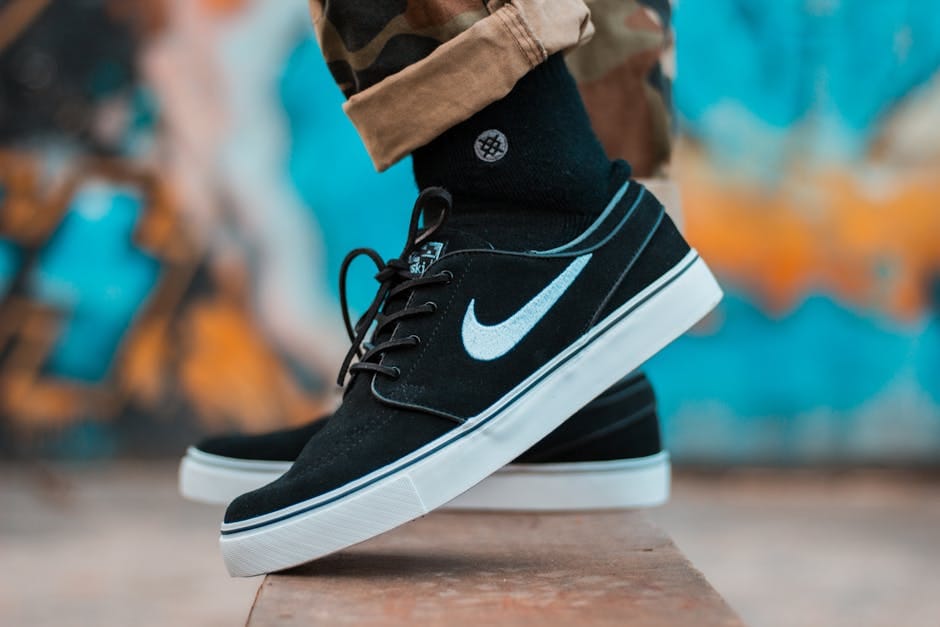We've all experienced that nagging stiffness in our hips, whether from sitting too long, intense workouts, or simply the effects of everyday life. Tight hip flexors can lead to discomfort, limited range of motion, and even pain in the lower back and legs. Luckily, there are ways to unlock those hip flexors and regain mobility and comfort. Let's dive into some simple yet effective strategies to help you loosen up and feel your best.
Our hip flexors are a group of muscles that help us lift our knees and bend at the waist. When these muscles become tight, they can pull on the pelvis, leading to an anterior pelvic tilt (a forward rotation of the pelvis). This can cause a chain reaction of imbalances throughout the body, contributing to back pain, tight hamstrings, and even knee problems.
Several factors contribute to tight hip flexors, the most common being prolonged sitting. Think about desk jobs, long commutes, and hours spent watching TV. All that sitting shortens the hip flexors, making them tight and less flexible. Other contributors include activities like cycling and running, which can overuse these muscles without adequate stretching.
So, how can you tell if your hip flexors are tight? One simple test is the Thomas Test. Lie on your back with one knee pulled towards your chest. If your other leg lifts off the table or you feel a stretch in the front of your hip, your hip flexors are likely tight. Other signs include discomfort when standing up straight, pain in the lower back or groin, and difficulty achieving a full range of motion in activities like walking or running.
Now for the good news: stretching and strengthening exercises can help loosen tight hip flexors. A classic stretch is the kneeling hip flexor stretch. Kneel on one knee with the other foot forward. Gently push your hips forward until you feel a stretch in the front of your hip. Hold for 30 seconds, then switch sides. Another effective stretch is the pigeon pose, a yoga posture that targets the hip flexors and glutes.
Strengthening exercises are also important. Try exercises like glute bridges, lunges, and squats. These exercises engage the glutes and hamstrings, which helps counterbalance the pull of the tight hip flexors. Remember to maintain proper form and avoid pushing yourself too hard, especially when starting.
In addition to stretching and strengthening, incorporating regular movement throughout the day can make a big difference. Take frequent breaks from sitting to stand up, walk around, and stretch. Consider using a standing desk or taking short walks during your lunch break. These small changes can have a significant impact on your hip flexibility and overall well-being.
Unlocking your hip flexors is a journey, not a destination. Be patient with yourself, listen to your body, and celebrate small victories along the way. With consistent effort, you can loosen those tight hips, improve your mobility, and enjoy a more comfortable, active life.
